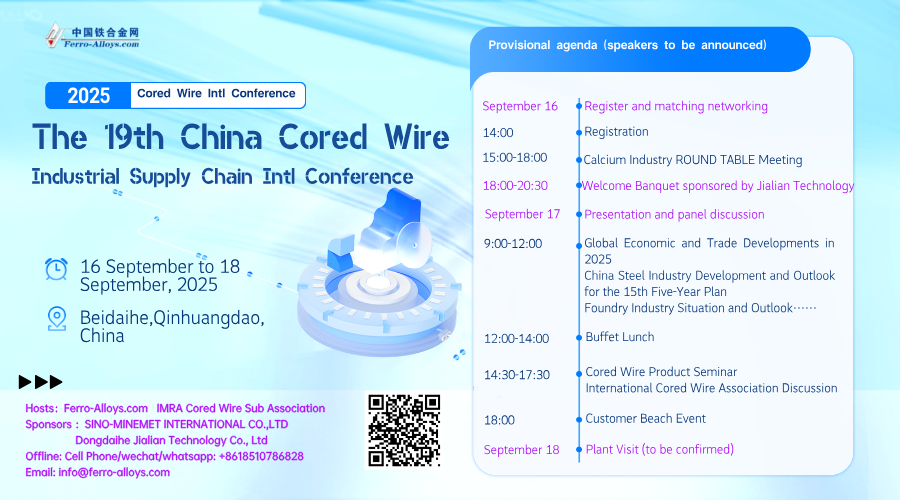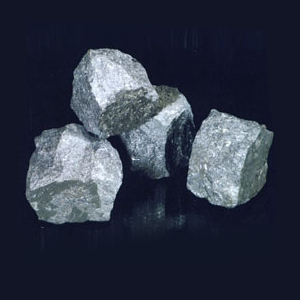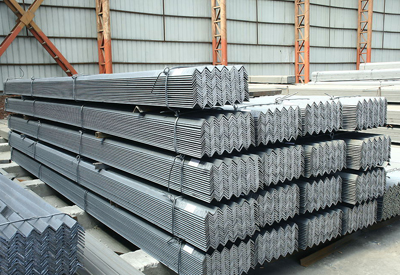[Ferro-Alloys.com] Sumitomo Electric Launches Japan’s First Vanadium Flow Battery for Community Microgrid in Minamikyushu
Sumitomo Electric has launched its first vanadium redox flow battery (VRFB) system at a community solar microgrid in southern Japan. A ceremony took place on April 22 to celebrate the completion of this energy storage system at the Kurokiyama Solar Power Plant, located in Minamikyushu City, Kagoshima Prefecture, on the island of Kyushu.
This project aims to manage electricity usage for commercial operations in Minamikyushu. It stores energy generated by solar panels during the day and supplies it to the local grid during the evenings and nights. Utilizing Sumitomo Electric’s 250 kW, 4-hour duration flow battery system, which has a nameplate storage capacity of 1,125 kWh, the Kurokiyama Solar Power Plant is set to provide electricity to ten commercial and industrial (C&I) facilities through dedicated power lines.
Additionally, Sumitomo Electric provided the energy management system (EMS) for the flow battery, based on the company’s Sumitomo Energy Management System Architecture (sEMSA). This proprietary architecture is designed to optimally control and aggregate distributed energy resources (DERs). The microgrid is capable of operating independently, serving as a backup power source during grid failures and supplying electricity to evacuation centers in emergencies, such as natural disasters.
The project aligns with the city authorities’ initiative to achieve ‘Zero Carbon City’ status by 2050, a goal adopted in February 2022 following Japan’s declaration of a nationwide net-zero emissions target by mid-century. Minamikyushu City has committed to collaborating with citizens and businesses to realize a decarbonized society, focusing on creating a circular economy and preserving the environment for future generations.
While this VRFB system is one of the smaller projects Sumitomo Electric has deployed or is contracted to deploy in recent months, it marks a significant milestone as the company’s first community microgrid system in Japan. Sumitomo Electric was previously behind what was the world’s largest flow battery project, a 60MWh system in Hokkaido that began commercial operations in 2015. Although this project has now been surpassed by Rongke Power’s 175MW/700MWh vanadium redox flow battery system in China, Sumitomo’s Hokkaido project remains one of the largest globally.
In 2023, the company announced a 1MW/8MWh (8-hour duration) flow battery project for a municipal electricity company in Niigata, which will engage in wholesale market energy trading. The company has also introduced other projects in Japan, including the first flow battery project to benefit from a Japanese government subsidy aimed at promoting energy storage in line with the 2050 carbon neutrality goal.
Founded over 120 years ago and listed on the Tokyo Stock Exchange in 1949, Sumitomo Electric is active in various sectors, including energy and environment, electronics, automotive, IT communications, and industrial materials. The company highlighted that its technology was chosen for the Kyushu project due to the flow battery’s long operational life, minimal degradation compared to lithium-ion (Li-ion) battery storage, and low fire risk.
In the United States, the California Energy Commission (CEC) has supported several community microgrids using non-lithium electrochemical battery technologies, including zinc batteries, vanadium, and zinc-bromine flow batteries. These initiatives aim to assist rural communities, often affected by aging distribution infrastructure, in mitigating risks of blackouts, wildfires, and other power supply disruptions while enhancing their capability to adopt renewable energy sources. Notably, Sumitomo Electric also provided the U.S.’s first large-scale flow battery, a 2MW/8MWh system in California, in collaboration with San Diego Gas & Electric (SDG&E). A seven-year evaluation of the VRFB’s performance was completed in 2023 by independent experts.
- [Editor:tianyawei]



 Save
Save Print
Print Daily News
Daily News Research
Research Magazine
Magazine Company Database
Company Database Customized Database
Customized Database Conferences
Conferences Advertisement
Advertisement Trade
Trade


 Online inquiry
Online inquiry Contact
Contact

Tell Us What You Think